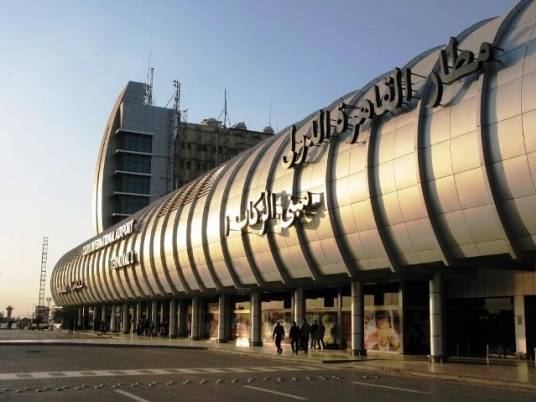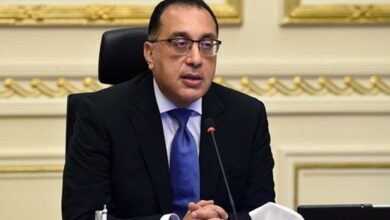The Interior Ministry used snipers to kill the demonstrators during the 25 January revolution, an Al-Masry Al-Youm investigation has revealed.
This revelation contradicts current Interior Minister Mansour al-Essawy, who has repeatedly denied that the Interior Ministry ever had sniper units within its security forces.
Al-Masry Al-Youm has obtained official Interior Ministry documents classified as "top secret and not for publication."
The documents contain the names of sniper teams that were paid by the Interior Ministry, which at the time was run by Habib al-Adly. They also disclose the different governorate locations at which these units received their training.
Retired General Mohamed Nasser, one of the founders of the Interior Ministry's international terrorism department, stressed the existence of "sniper elements" in the department.
Al-Masry Al-Youm accompanied Mahmoud Adel, who was shot during the revolution, as he visited former Chief Medical Examiner Ayman Fouda to have his leg wound examined.
Fouda said that Adel has a fracture in his right thigh created by a bullet that fragmented upon impact, claiming that the bullet could not have been fired from a short range.
The oval shape of Adel's injury suggests that he was shot from a high location, Fouda added.
Interior Ministry snipers usually use 800-meter-range rifles, Nasser said, adding that their bullets penetrate the body swiftly, accurately, and deeply. He also said that the units use many different types of rifles.
The fact-finding committee set up by the Egyptian government to investigate the killing of protesters in Tahrir Square during the revolution found that "the police fired live ammunition while hunting [protesters] from the roofs of the buildings overlooking Tahrir Square."
Al-Masry Al-Youm also obtained a document dated 1 February from the Interior Ministry's operations room containing an order for two snipers to begin an operation.
A copy of the testimony of Mohamed Diaa Eddin, a doctor at the Department of Surgery and the Department of Accidents at Qasr al-Aini Hospital, was also obtained. Diaa Eddin was working in the Department of Accidents from 27 January to 7 February.
In his testimony, he said that hundreds of people arrived at the hospital from Tahrir during this period who had received "bullets in the chest and in [vital areas of the body], showing that the shooters had attempted to kill protesters."
Translated from the Arabic Edition




